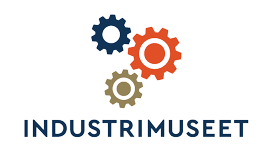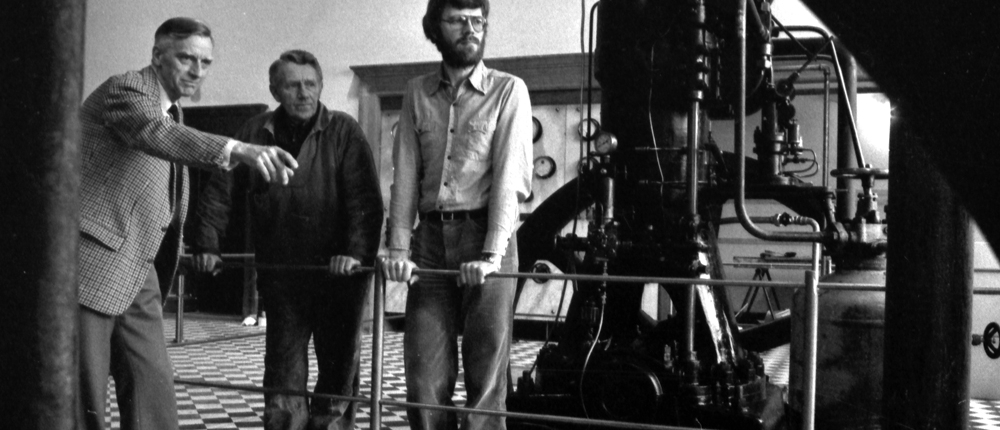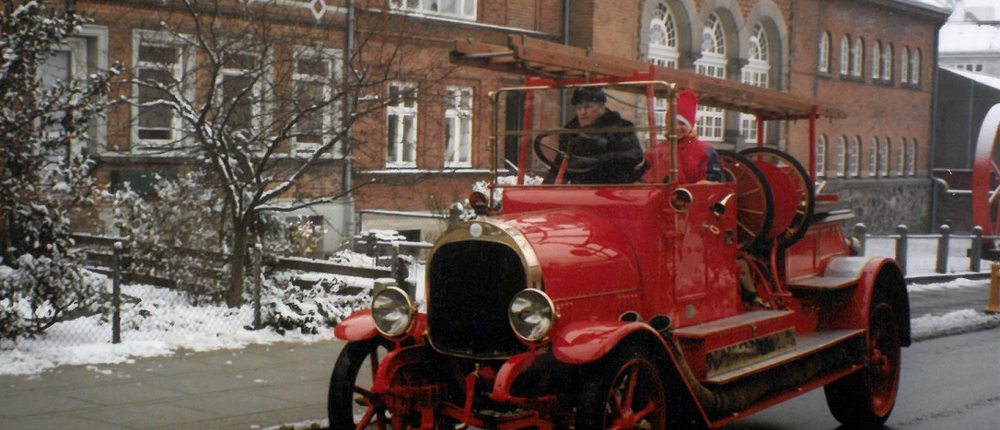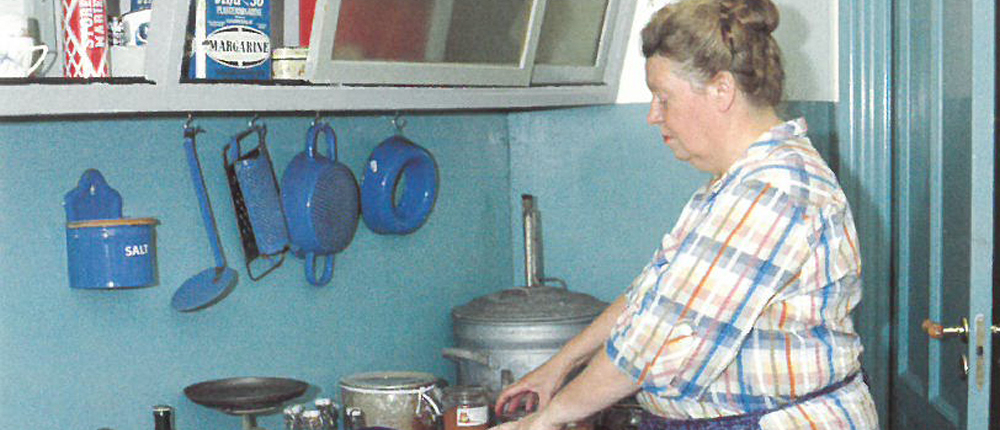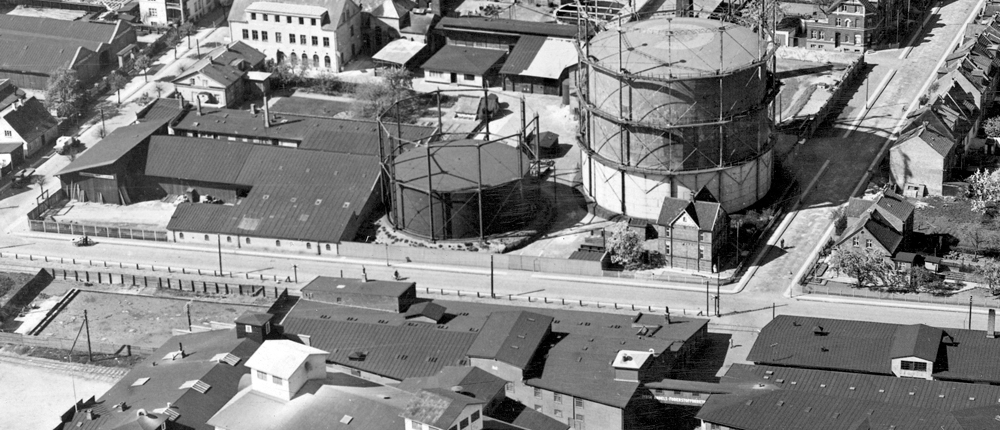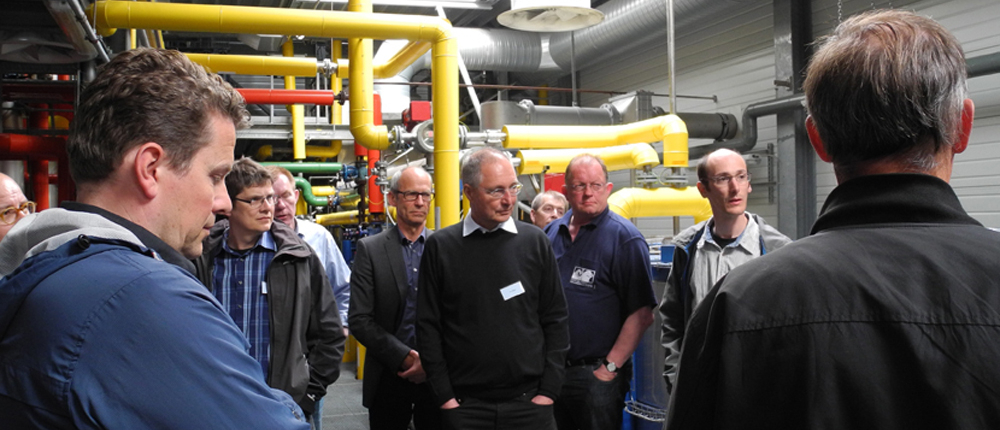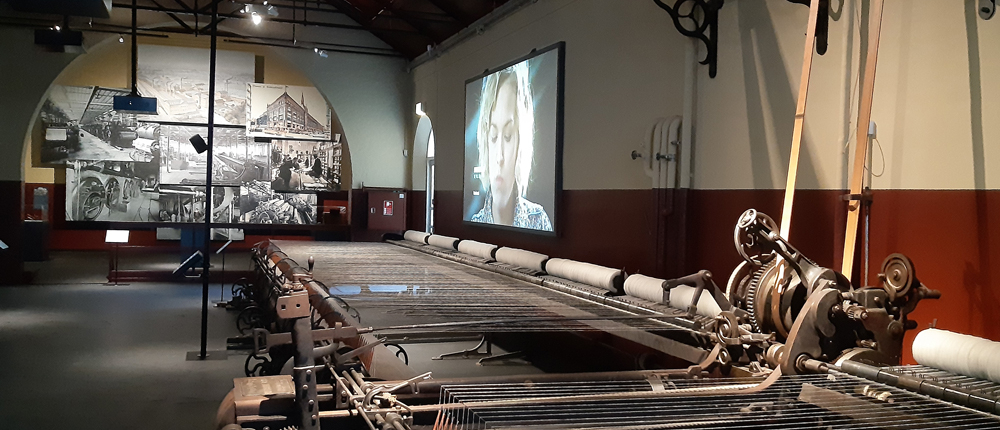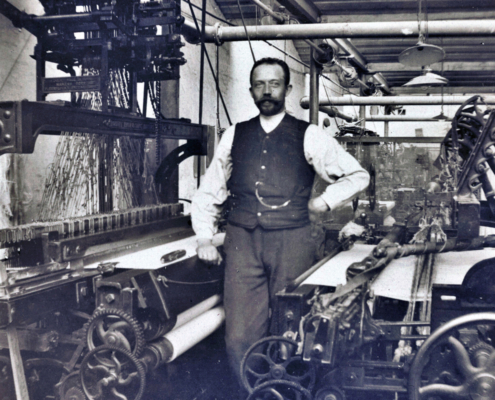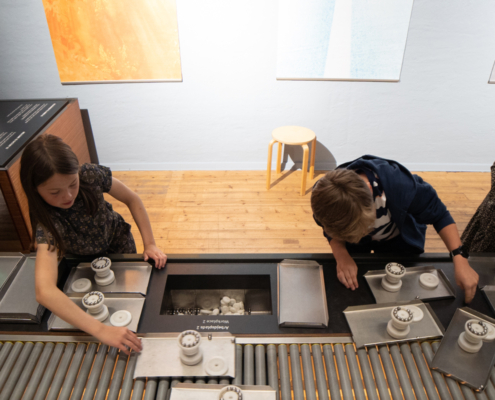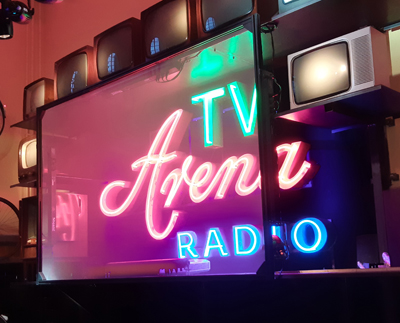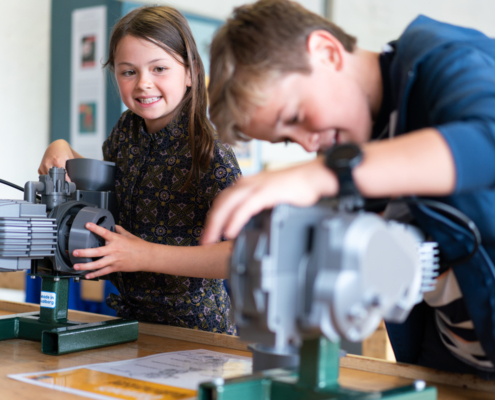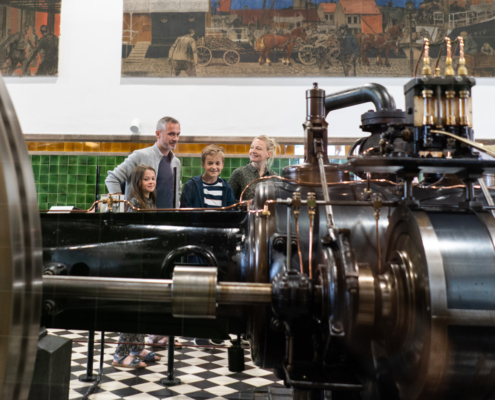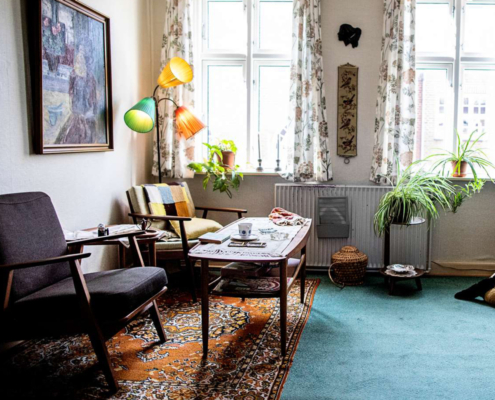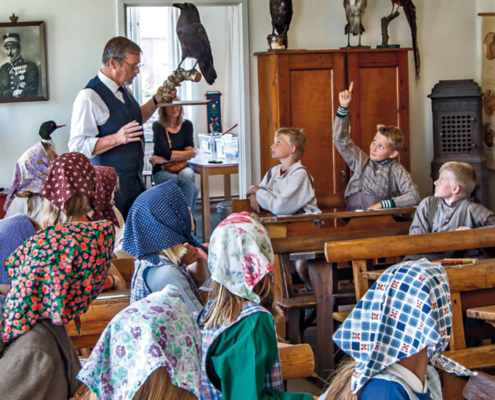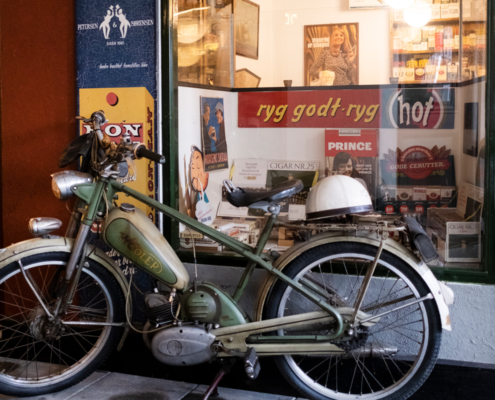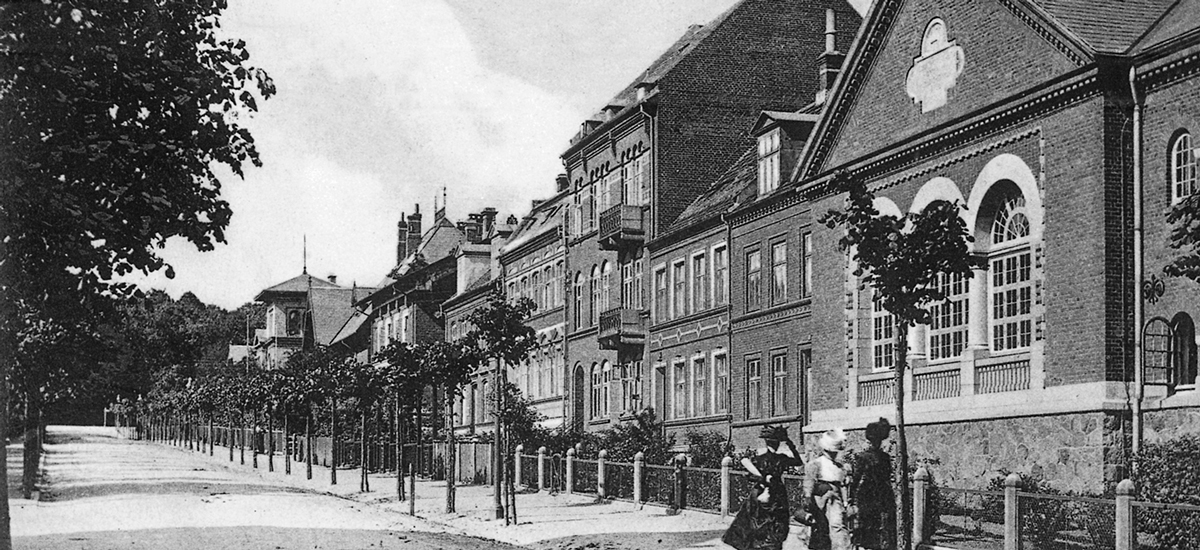
History
The Industrial Museum was founded in 1977 for the purpose of showing visitors how industrialisation changed the lives of Danes.
The founders of the Museum were factory owners, trade unionists and academics, all of whom believed that something was missing in the existing museum landscape. In general, the museums of the 1970s looked at how kings, squires, farmers and the middle classes had changed Denmark. The exhibits in these museums tended to feature unique objects in showcases with academic explanations.
The idea of The Industrial Museum was to highlight industrial entrepreneurs, workers and the recent past. Horsens, in many ways the quintessential Danish industrial town, was the perfect location. Volunteers, who could demonstrate and operate the everyday technologies of the past, would engage visitors in history and interpret it in an accessible way.
A lot has happened in The Industrial Museum since 1977. But we still share the same conviction as our founders. The industrialisation of society was the most dramatic change in Danish history since the transition from hunting to farming in the Stone Age. Denmark’s prosperity is entirely due to the fact that in the 19th century Denmark became an industrial nation and has remained so until today.
